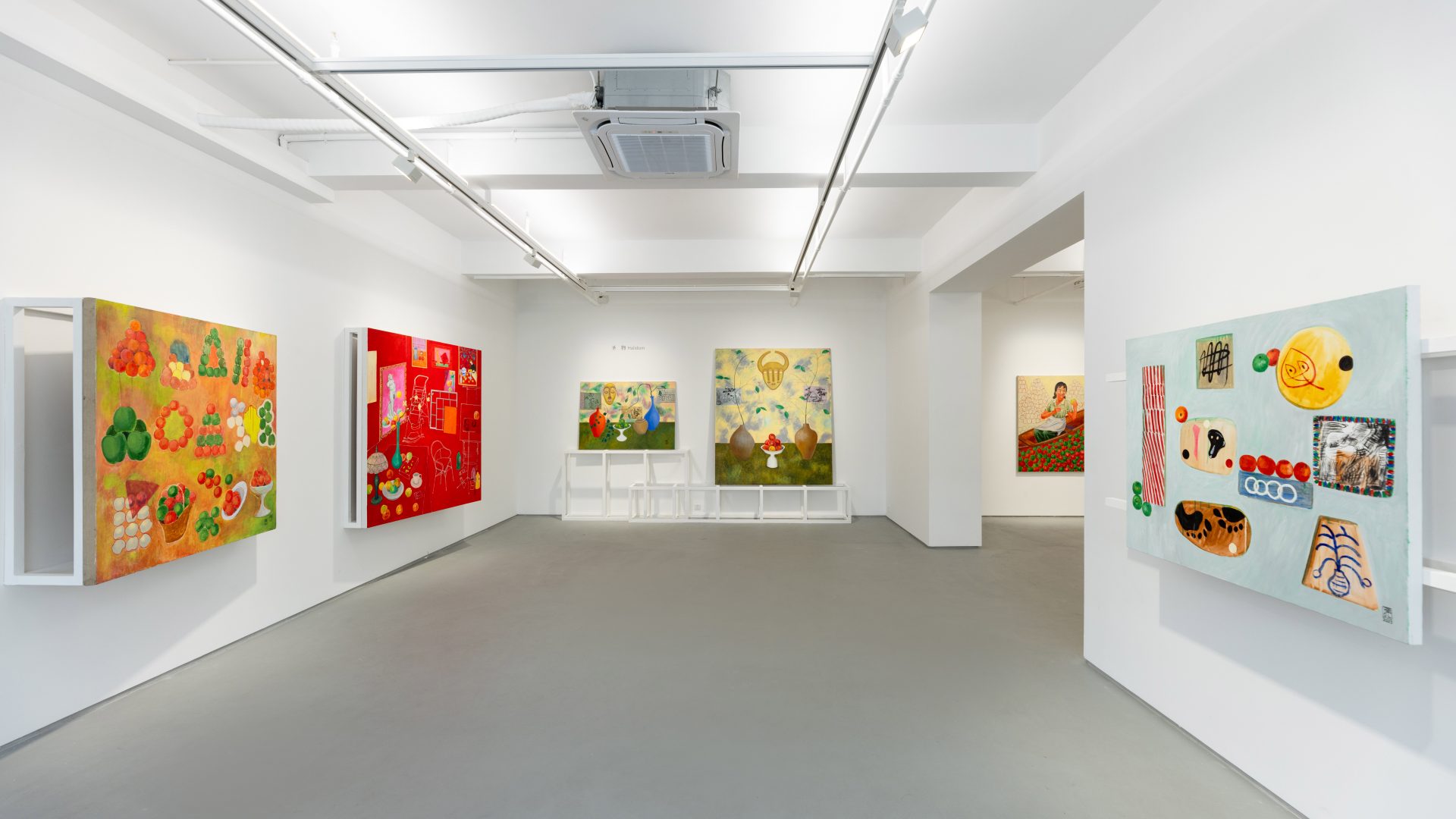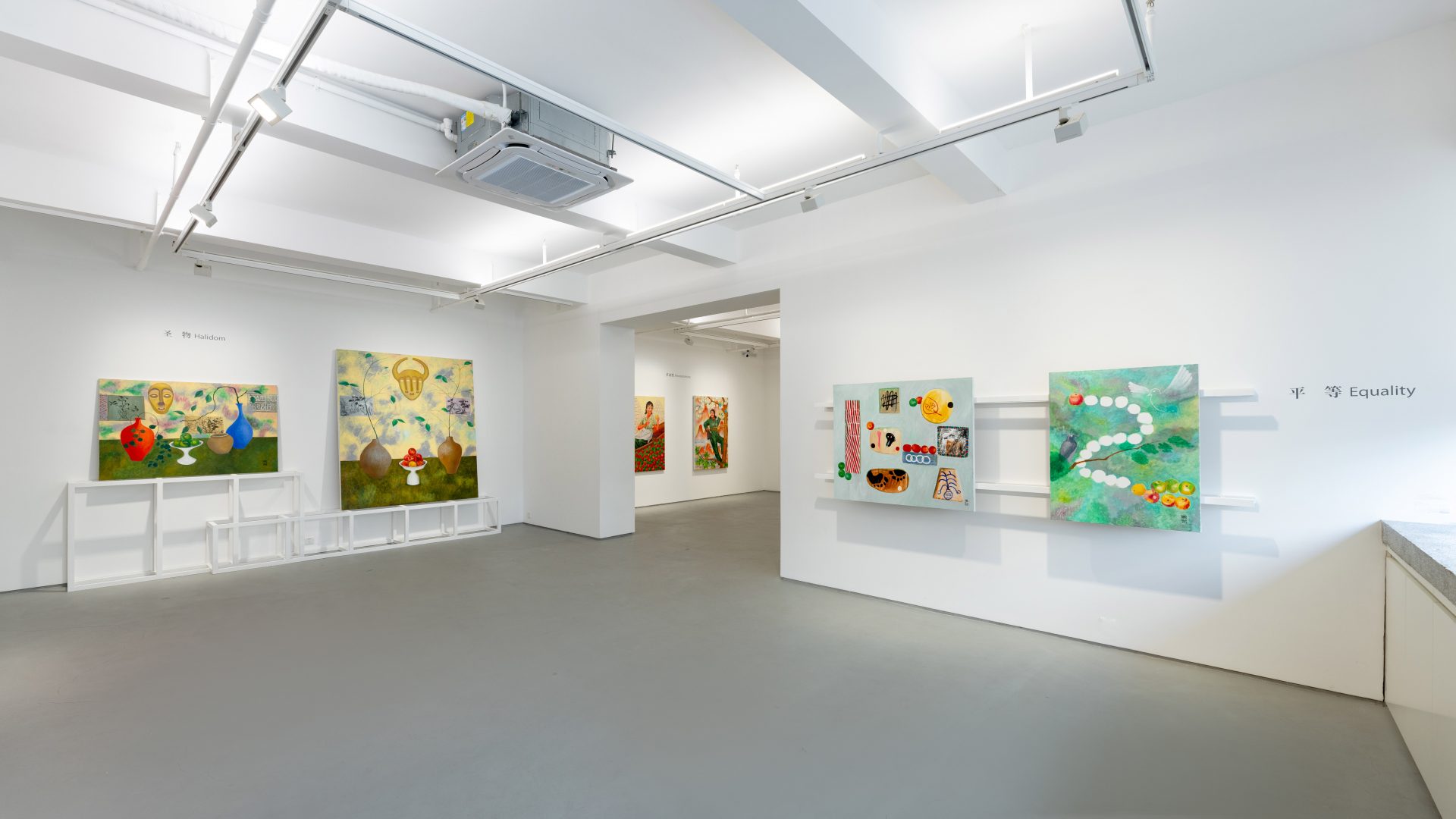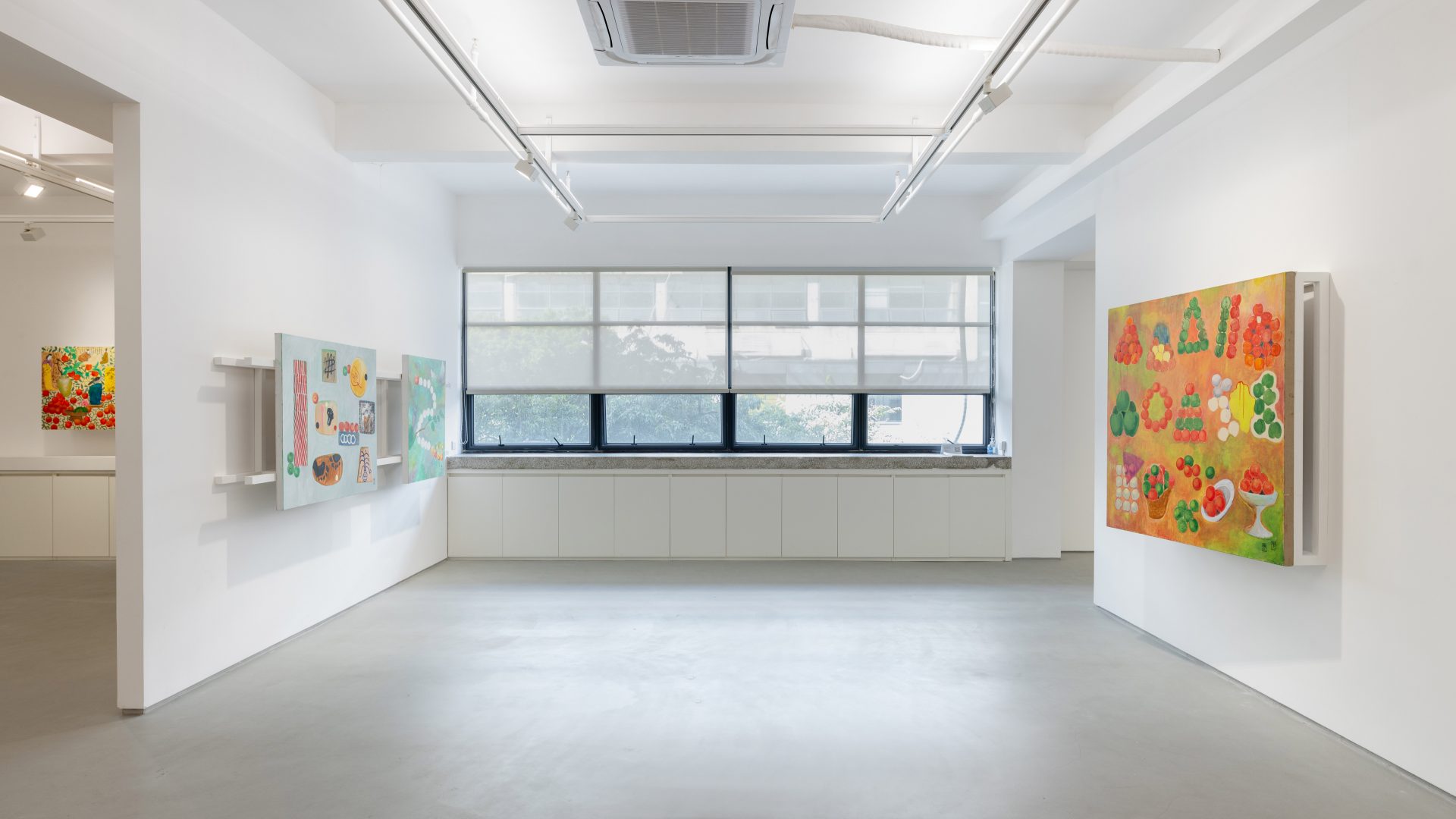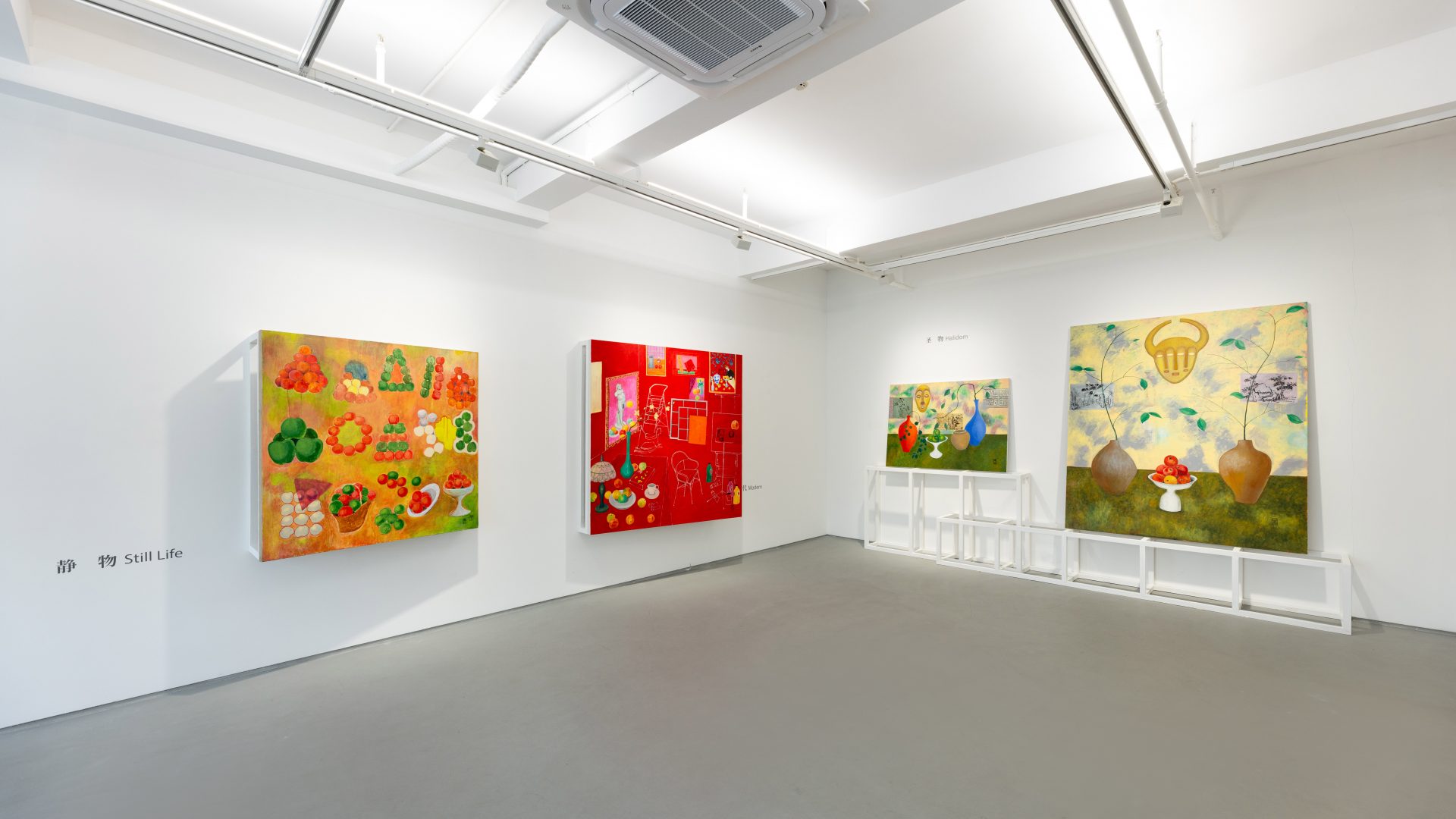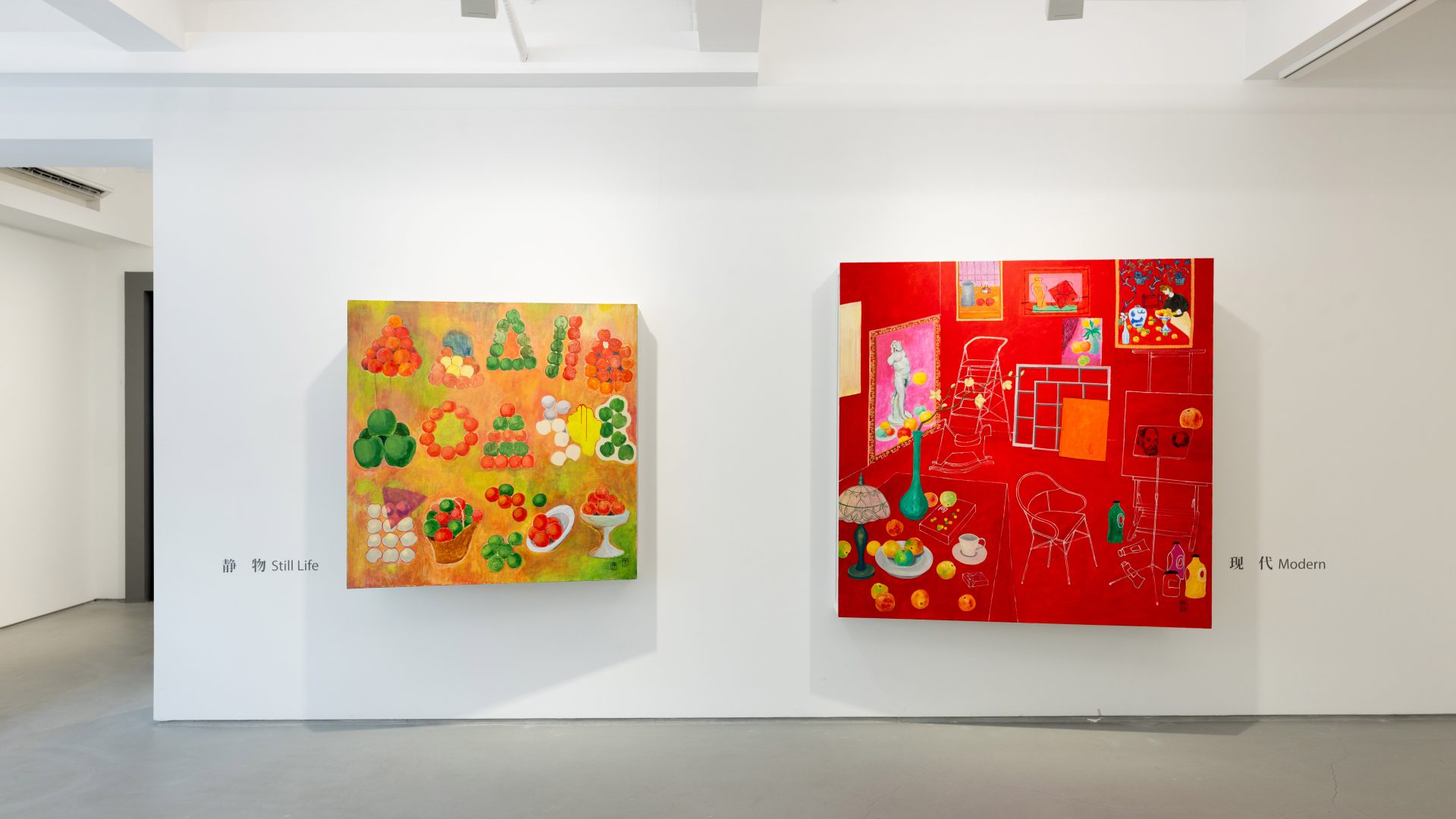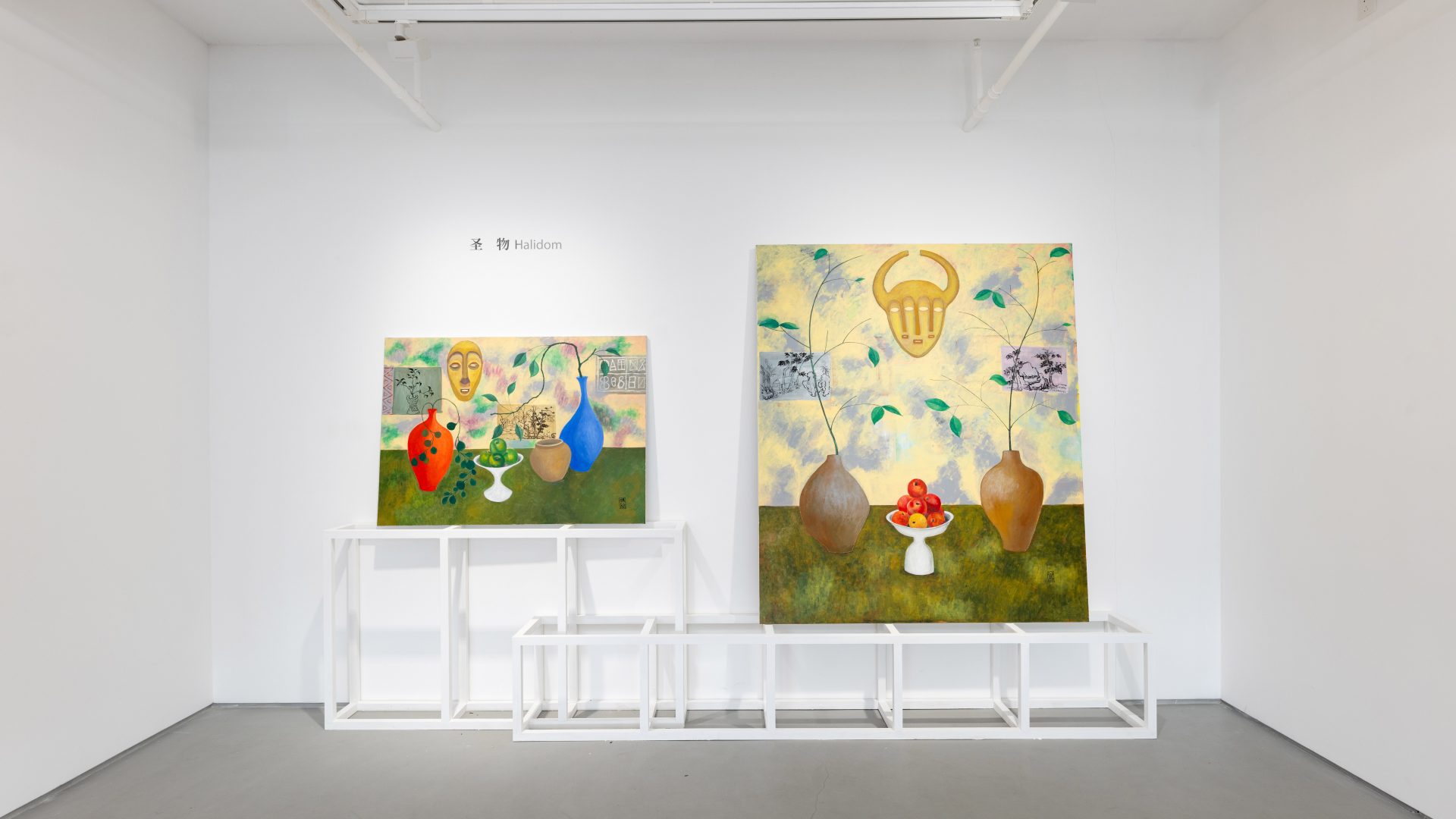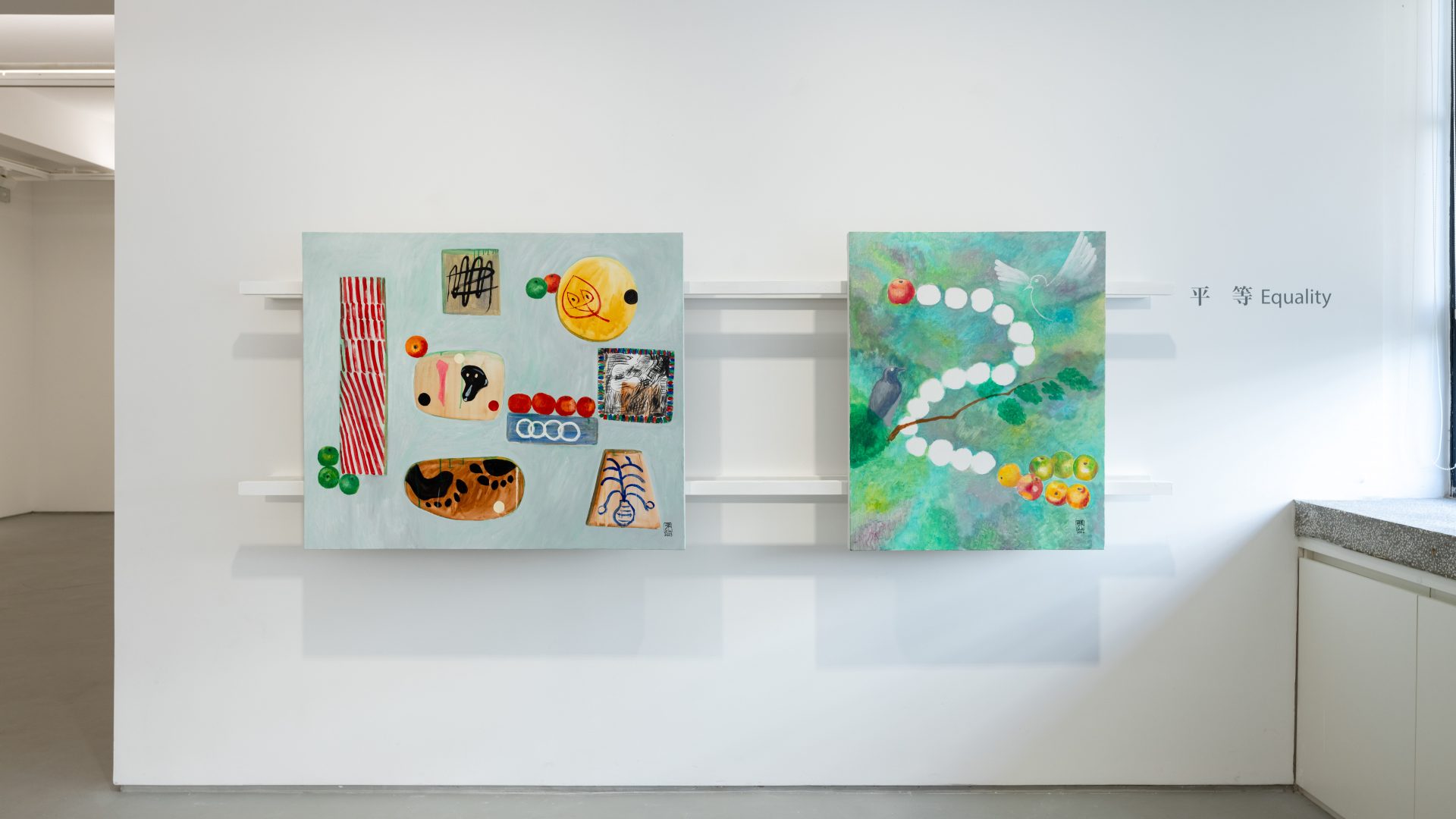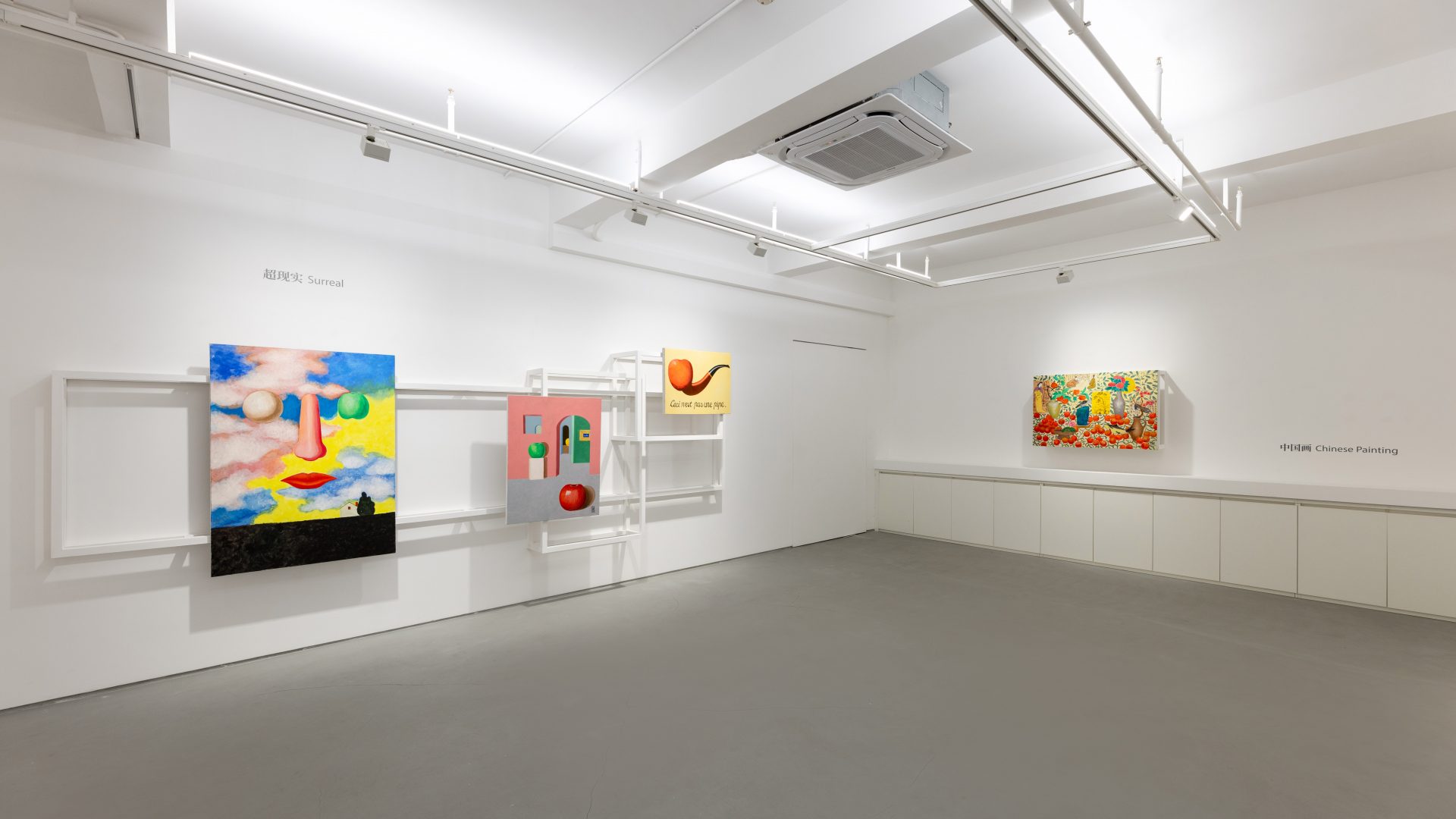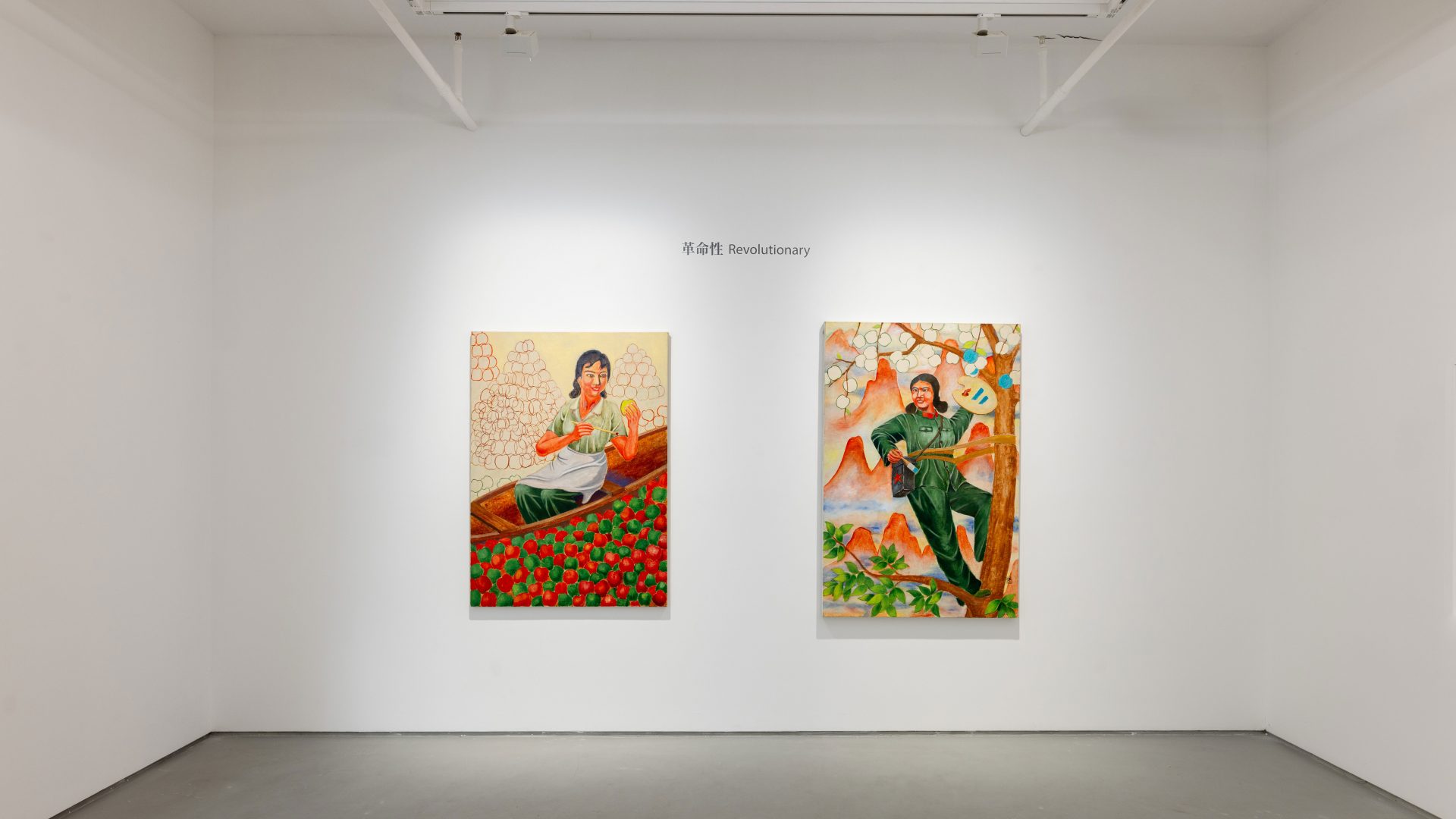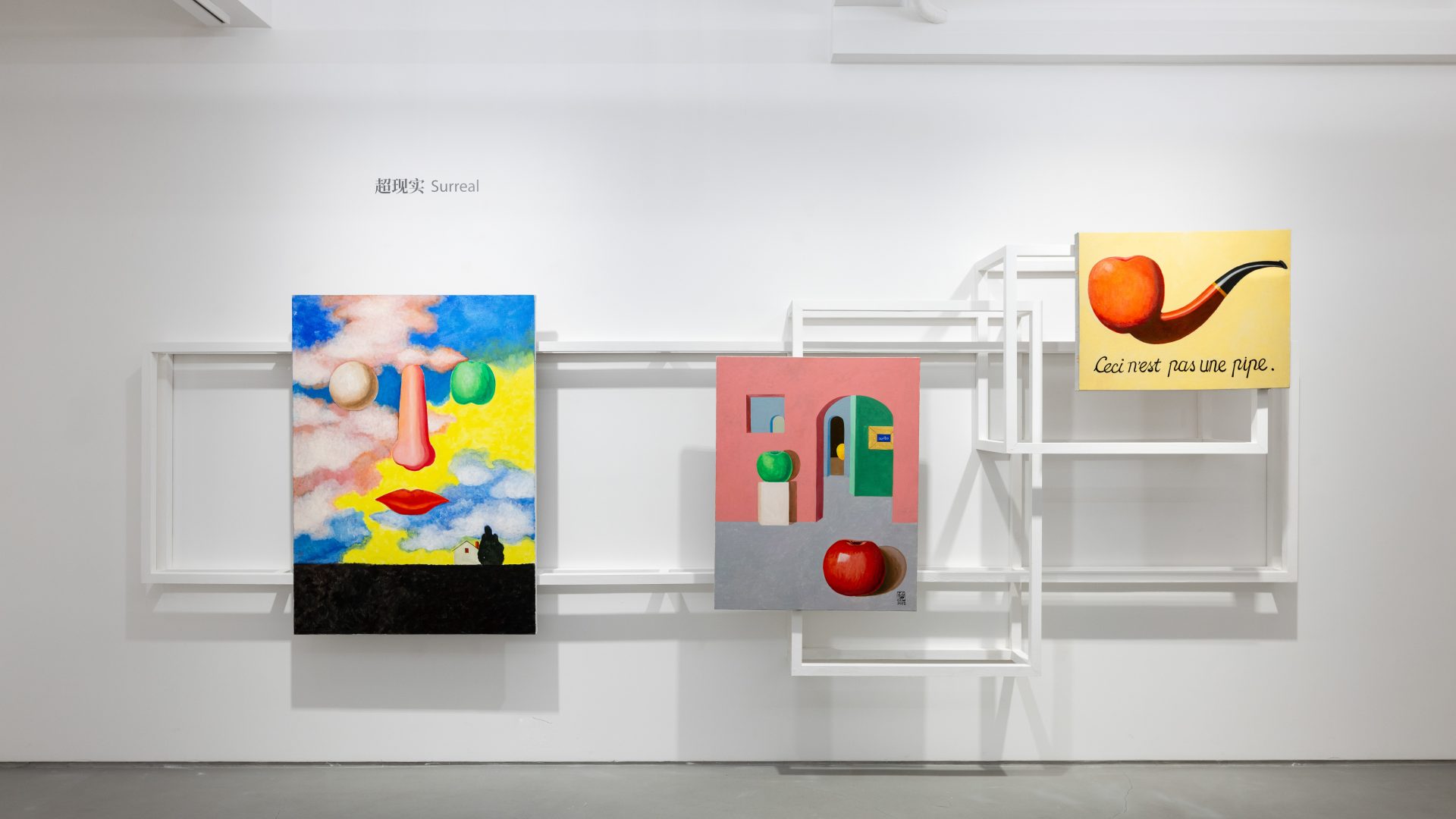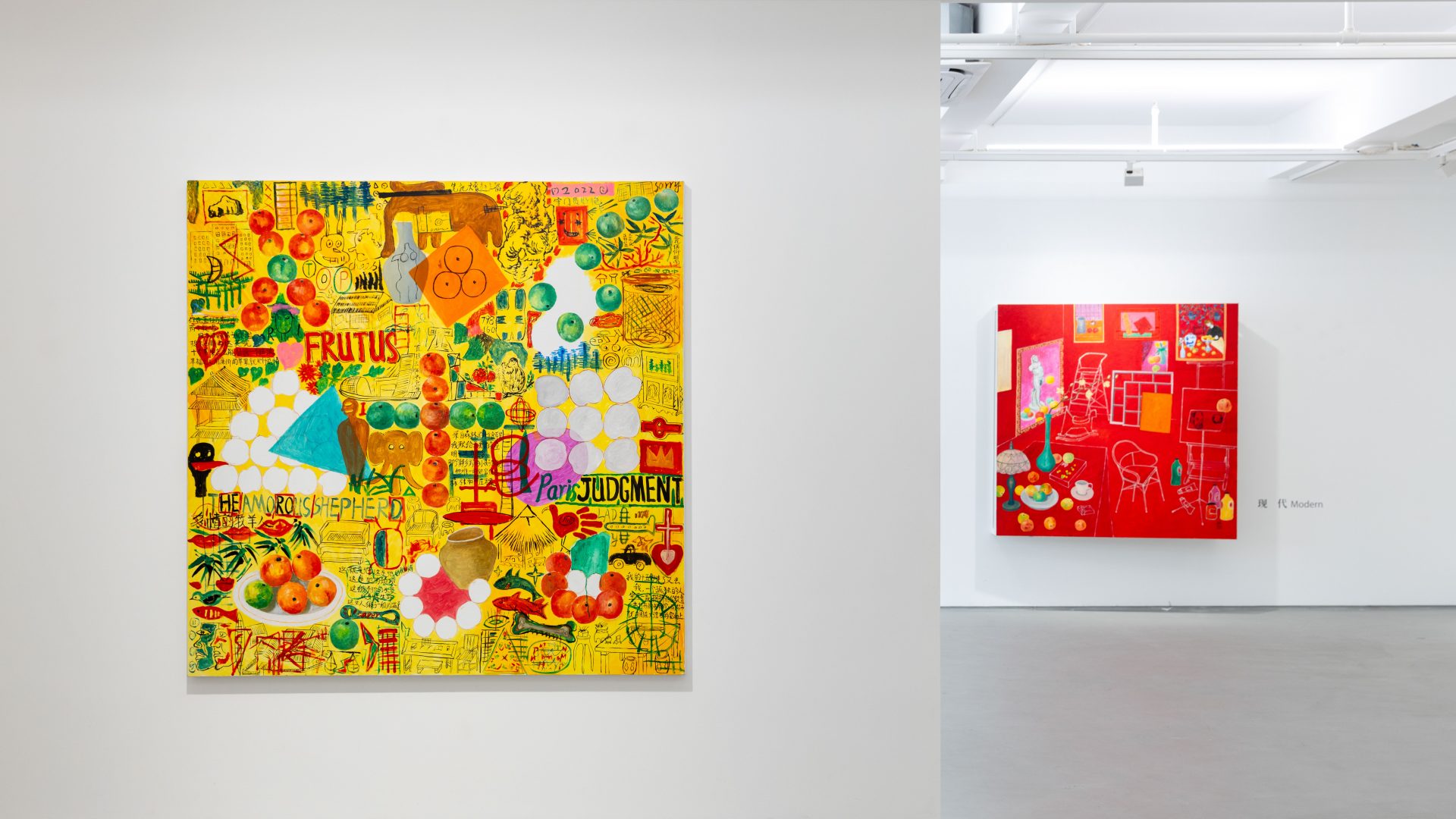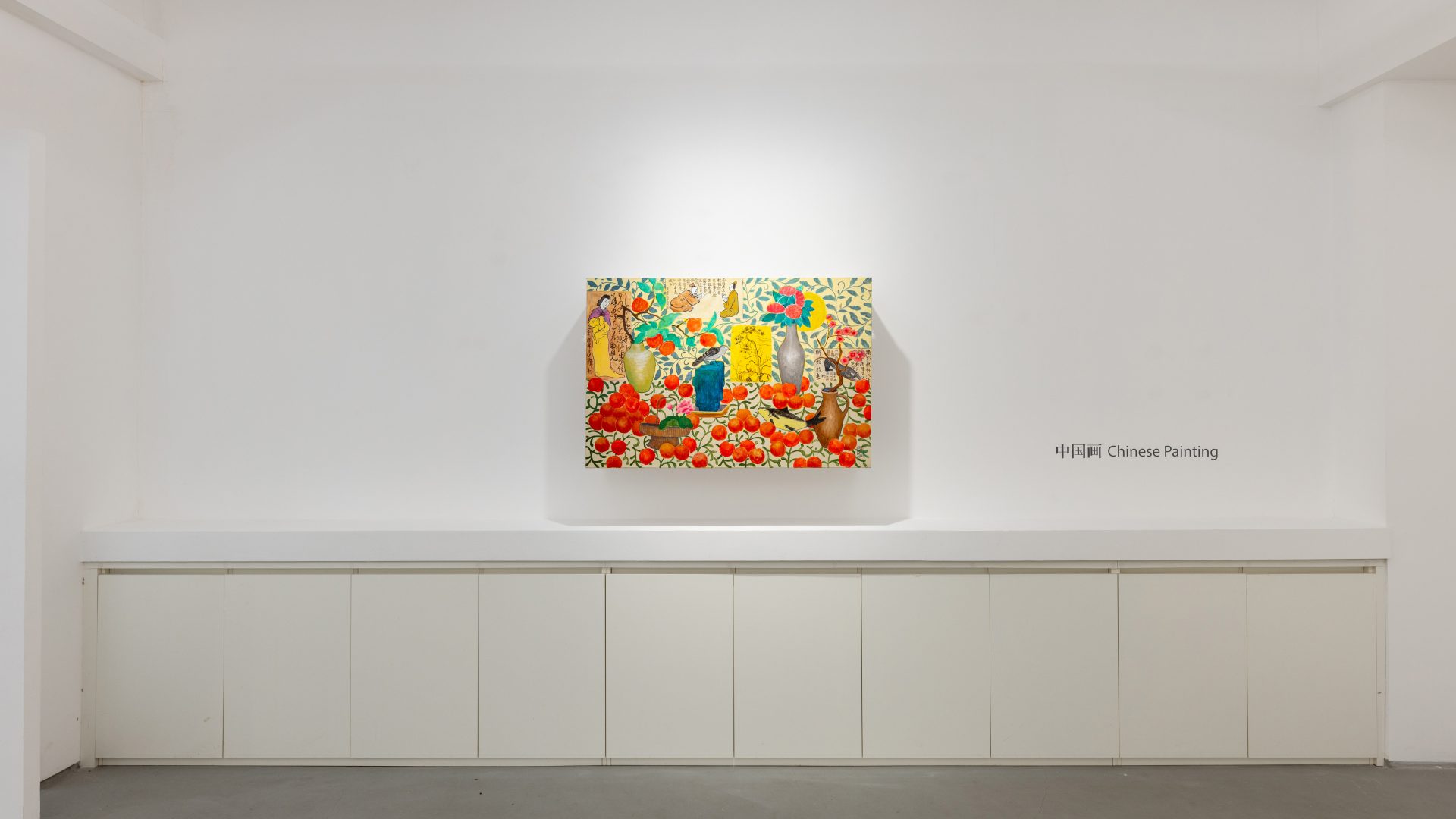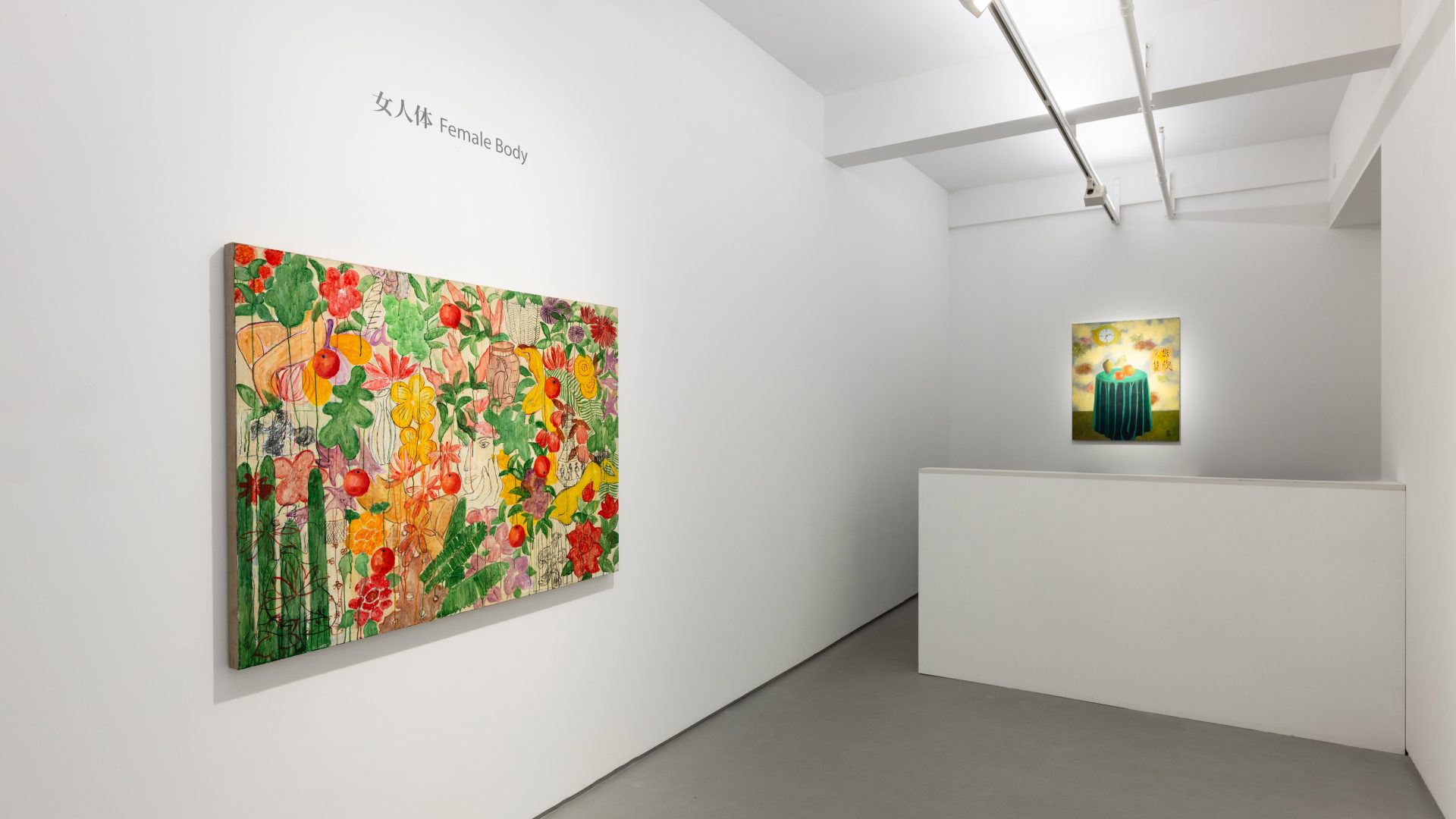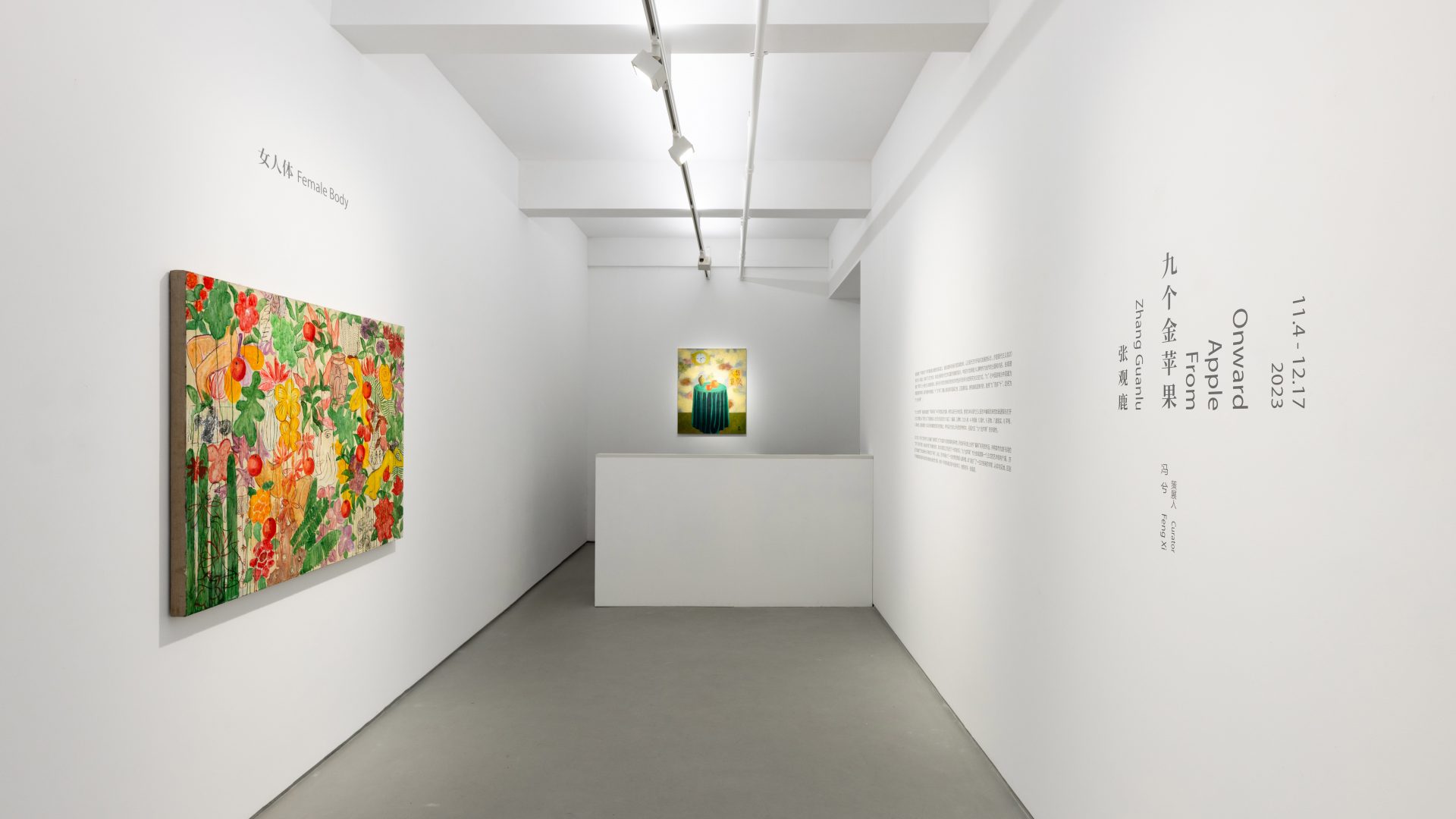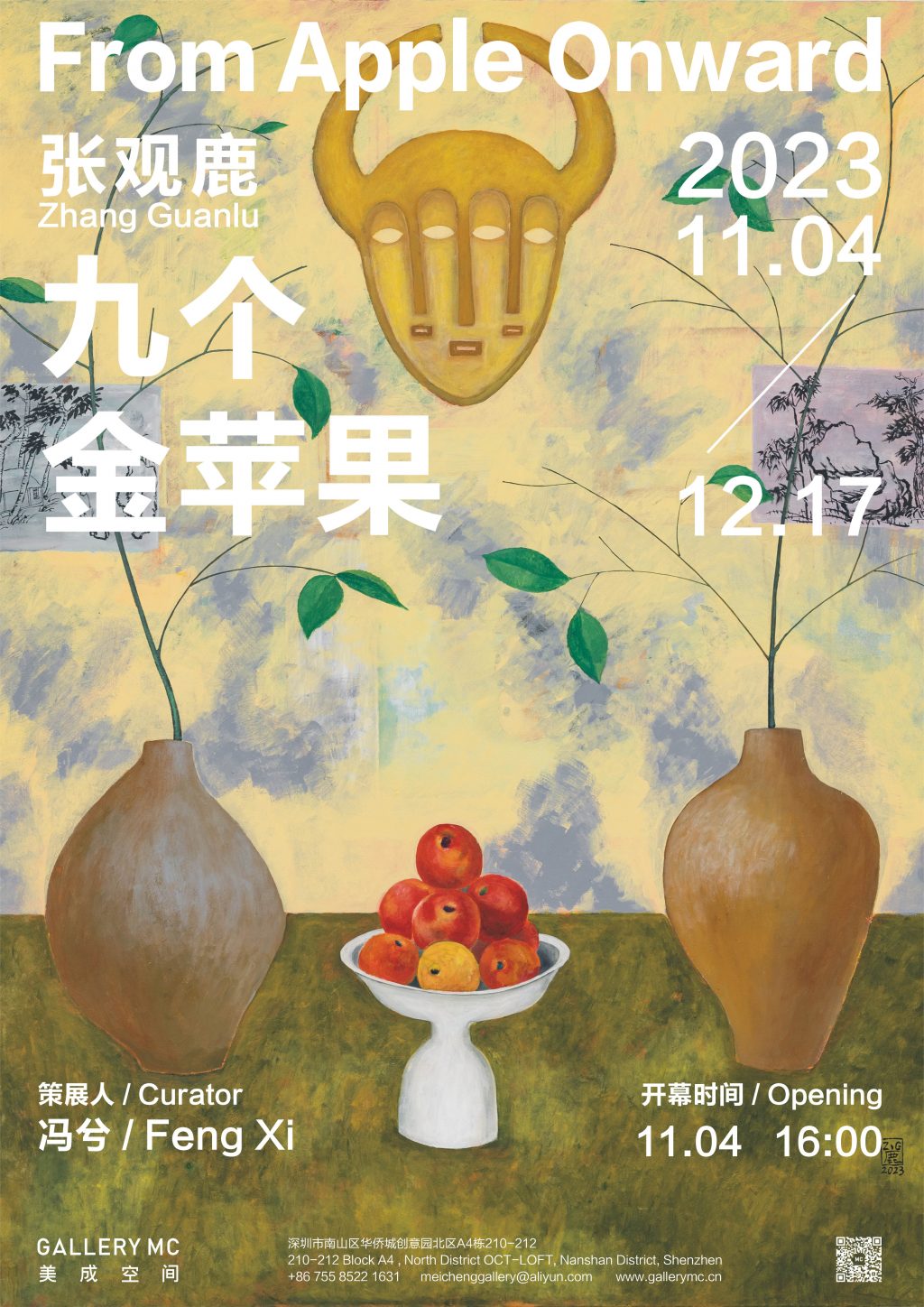
“A second Tiphys will then arise,
and a second Argo to carry chosen heroes;
a second war will be fought,
and great Achilles be sent again to Troy.”
(Translated by H.R. Fairclough)
In the poetic description of the fourth chapter of poet Virgil’s Eclogues, “great Achilles” reflects how heroes were eulogized and honored in ancient Rome. The imagery of being “sent again to Troy” is like a golden apple that causes jealousy, greed and fights in mythology and folklore, and it falls again before everyone from the hand of Eris, the Goddess of Discord, followed by her subconscious cunning and charming smile. When the apple becomes the symbol of power and the beautiful the target of possession, the rivalry between desire and will determines the direction of different fates.
Zhang Guanlu’s “Apple Series” abstracts the apples from the practical material dimension, and describes them as the condensate of the value of Cezanne’s painting and the mark of the start and development of modern art, and also as a clear reference of modernism, which influenced a few generations of artists in China after its introduction in the 20th century, and even evoked to be part of the enlightenment of modern and contemporary art. Ancient Chinese painting rarely worked on still life as the theme and content of creation, but, through such an image of modernist painting as “apples”, Zhang embarked on a diverse research and means of exchange on the difference and commonality between eastern and western painting. “Nine” is the most significant numeral image in the Chinese context; it’s the pole of yang numbers. “Ten” symbolizes “noble”, meaning fullness or completeness in interpersonal relationship or some situation, and, as a pond overflows after it’s full, imperfection is a better state, hence the title “Nine Golden Apples”, instead of “Ten”.
“Nine Golden Apples”(From Apple Onward) exhibits by categorizing Zhang Guanlu’s works according the different subjects of narrative in his “Apple Series”. The project employs nine sets of painting logic and approaches edited based on modernist language to sort out nine ports into contemporary art language from the “modernist” perspective: 1) Edit; 2) still life; 3) female body; 4) Chinese painting; 5) modern; 6) halidom; 7) surreal; 8) equality; 9) revolutionary. According to the chapter-by-chapter output of Zhang’s personal knowledge system, the exhibition divides his works into the above-mentioned specimens of thinking, so as to represent the “Nine Golden Apples”.
“…when now the strength of years has made you a man,
even the trader will quit the sea,
nor will the ship of pine exchange wares…”
(Translated by H.R. Fairclough)
The following verses in the fourth chapter of Eclogues seem to point out that, as time goes, one will have to face the change of his identity and occupation. In 2013, by the name of “Tang Xueru”, he was the editor-in-chief of the ARTTIME magazine who, for the novelty and diversity of every foreword, began the making of his “Edit” series on paper and published it as the “text” of every foreword. That was also the start of his painting career, just ten years before this exhibition. As his first official gallery solo, “Nine Golden Apples” is also a “ceremony” to unveil Zhang’s identity as an artist. From now on, the world of art will lose an excellent curator Tang Xueru, but instead “see the rise” of an artist whose philosophy and understanding of and insight into painting are different from those of art-college graduates or professional painters. This is a man who spent ten years painting in a self-learning way, and his name is Zhang Guanlu.
